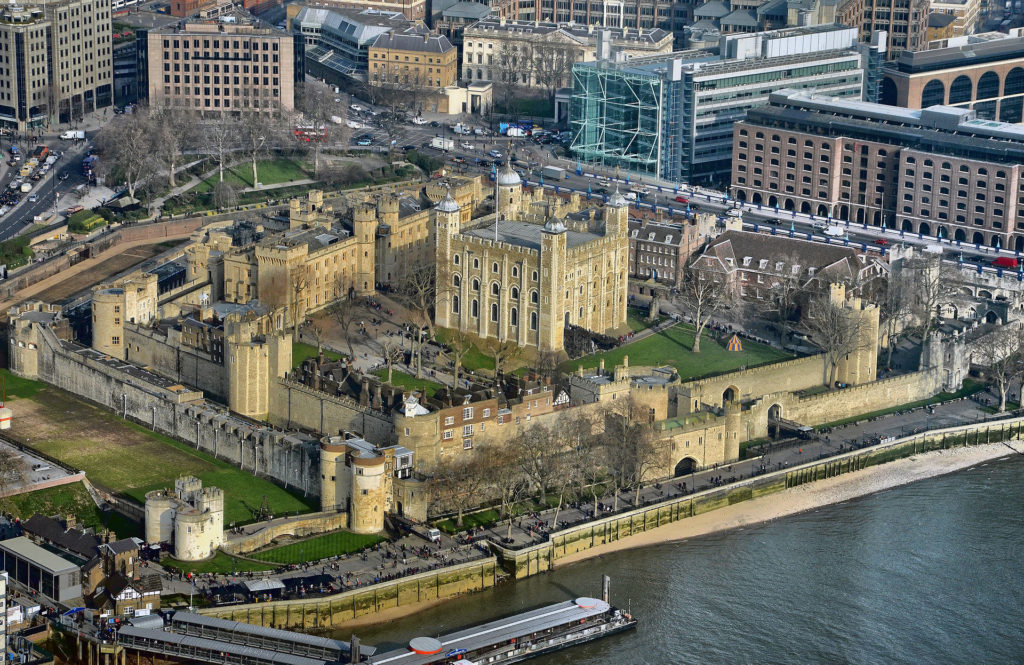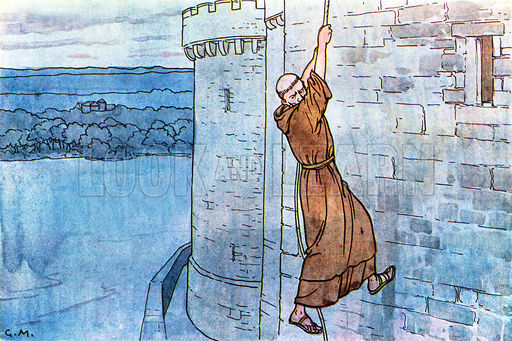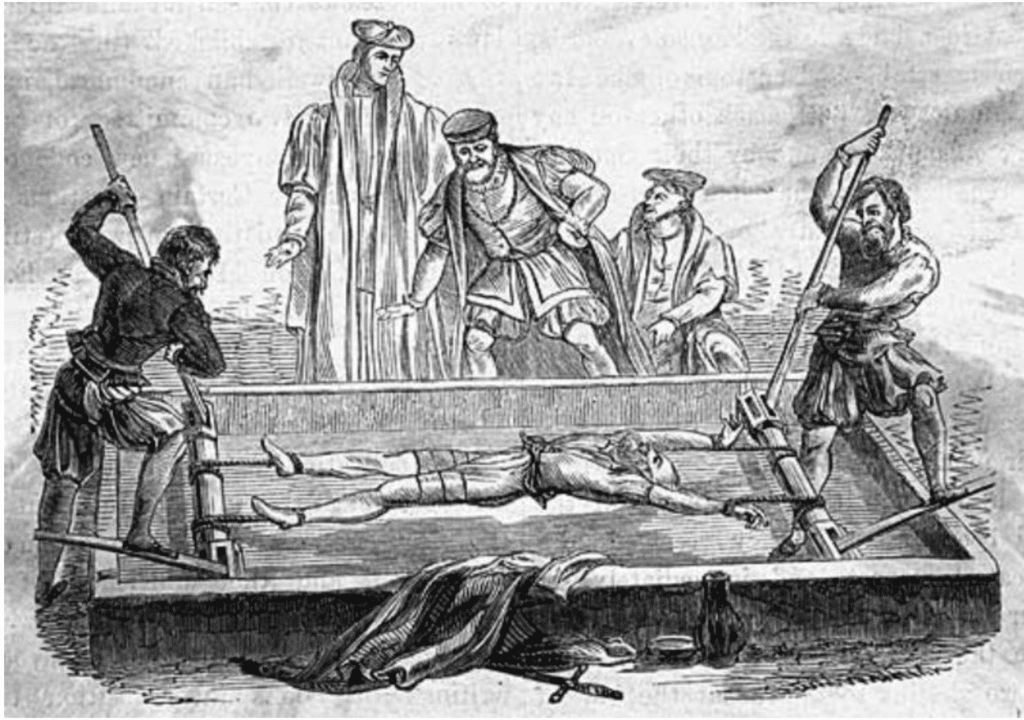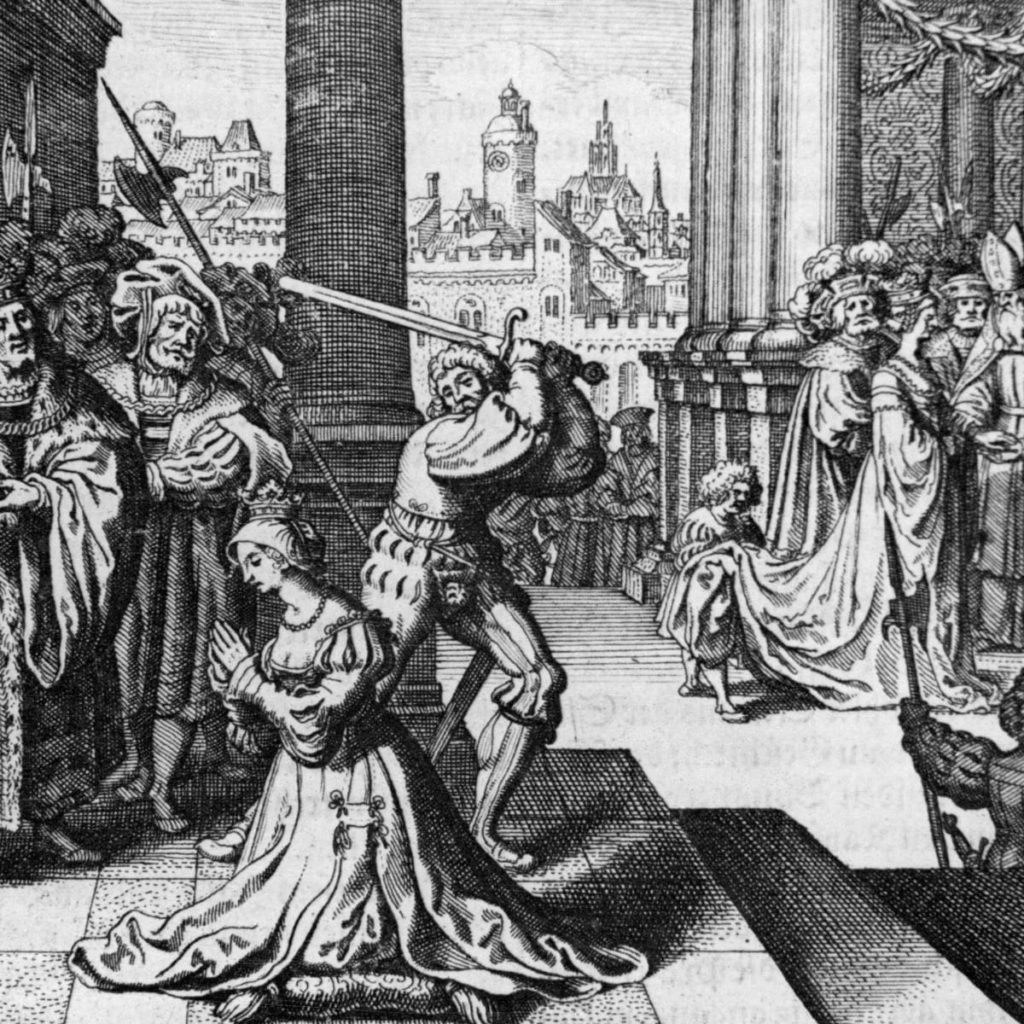Last updated on November 14th, 2022 at 05:27 am
The Tower of London Prison is one of the most famous prisons in history, known for the gruesome bloodshed, brutal punishment, and gnarly beheadings within its walls. But, it was also home to many wealthy prisoners who were incarcerated here and those of a lower status.
So, how was life as a prisoner in the Tower of London? It hinged entirely on a convict’s crime, wealth, social status, and the era in which they were imprisoned.
The prison offered varied experiences to its prisoners, with some even able to bring their servants along, host feasts, and even go on hunting trips.
Let’s look at life as a prisoner in the Tower of London.

The Tower of London was Originally Not a Prison
The Tower of London was initially not built as a prison. Instead, it was built as a fortress around the White Tower. The latter was erected by William the Conqueror in 1066 on the River Thames as a fortress to protect London and be a gateway to the capital.
Over time, however, this fortress began being used for other purposes, including housing a royal menagerie, eventually becoming one of the most gruesome prisons where criminals and political rivals were sent to meet horrible fates.
The First Inmate at the Tower of London
In 1100, King Henry I ascended the throne. It was during his reign that the first prisoner was sent to the Tower of London. King Henry I incarcerated Ranulf Flambard in the Tower of London on extortion, embezzlement, and simony charges.
Flambard was the Bishop of Durham who had served the King’s predecessor and brother, William Rufus, as a chief minister. He led an extravagant lifestyle and was widely hated by the public.
Flambard was a scapegoat for Rufus’ notorious government policies and financial extortions. He eventually landed in the Tower.
However, despite his confinement, the King allowed him to continue leading his flamboyant lifestyle and bring his servants to the Tower of London Prison. Flambard also received an allowance and enjoyed the best food in prison. He even brought along the finest wines and threw feasts.
Flambard was also plotting to get out of prison using his political connections during this time. When this plan didn’t work, he decided to escape.
Escaping From the Tower of London Prison
Flambard’s luxurious lifestyle and the lax prison security worked in his favor, not only allowing him to lead a comfortable lifestyle but also enabling him to escape prison.
Flambard secretly smuggled a rope in a wine cask into the Tower and then got the prison guards drunk. Then, with the guards in an inebriated state, Flambard escaped by lowering himself down a large window, where his accomplices awaited with horses. Together, they fled England for Normandy, where Flambard was appointed as the chief advisor to Duke Robert.

Later in July 1101, Flambard commanded Robert’s army in an attempt to invade England. But, the invasion led to no bloodshed as Flambard met with King, and the Treaty of Alton was signed. Flambard reconciled with the King and was reinstated to his erstwhile royal position.
Another famous escape from the Tower of London happened during the early 18th century. King George I had sent William Maxwell, the Fifth Earl of Nithsdale, to the Tower for his hand in the 1715 Jacobite rising. Maxwell, too, wined and dined with the guards to distract them with the help of his wife, Lady Winifred Maxwell.
While the guards were busy with alcohol and women, Lady Maxwell disguised her husband as a woman. They then escaped the Tower and sneaked out of England.
Torture in the 16th Century
During the mid-1500s, the Tower of London prisoners became subject to increasingly worse jail conditions.
Privileged inhabitants still resided in prison, but brutal punishments became routine. England was undergoing a religious crisis at the time, and heretics were frequently imprisoned until they gave up their Catholic faith.
Torture was also commonplace during interrogations. Prisoners were frequently subjected to extreme abuse to extract confessions. However, many confessions were false, as prisoners would confess to any crime to end the pain.
Although English common law did not allow this, the reigning monarch could authorize it whenever he saw fit. Henry II was the first king to issue such a warrant. However, Scavenger’s Daughter was another standard device used for crushing a prisoner slowly. Prison officials would also hang prisoners from the ceiling by their hands. Tormento de Toca, or water cure, was another method that involved forcing a prisoner to drink water excessively, which could even end someone’s life. Other methods included thumbscrews, burning, and “the brakes,” a device they’d used to crack teeth. Sometimes, prisoners would also be kept in a cell called the Little Ease — a cell that was too small to lie down in and too short to stand up in. For example, guy Fawkes, a Catholic conspirator who took part in the 1605 Gunpowder Plot, was kept here. Executions at the Tower of London were also prevalent but were exclusively meant for prisoners of high status. Most prisoners were beheaded publicly. However, the executions of a few prisoners like Anne Boleyn were done in front of only a handful of privileged spectators. A skilled executioner was needed to perform the task to ensure a quick death. In the case of Anne Boleyn, a headsman was brought in from France. Certain other prisoners, such as Sir Thomas Moore, reduced their suffering by tipping the headsman. Royal prisoners were also subject to other forms of punishment and death. George Plantagenet, the Duke of Clarence, was lost his life by drowning in a wine barrel. Meanwhile, Edward IV’s sons were executed, and their bones were reportedly found buried under the White Tower’s stairs. On the other hand, commoners were usually subject to a public hanging. In addition, prisoners who had been charged with heresy or treason were burned at the stake. Some other prisoners were crushed using heavy weights. Despite the gruesomeness, some prisoners specifically chose to end it in this manner. This was because those who were pressed with weights could select their heirs instead of having their property seized by the Crown. They also preferred to be pressed with weights and go relatively quickly than to be slowly starved or be subject to other grisly methods. Wealthy prisoners at the Tower lived in fancy apartments and even went on hunting trips. However, they were not allowed to leave the prison. Some royal prisoners also faced horrible ends. In 1533, Henry VIII ordered the former palace in the Tower to be redecorated for a feast before his second wife Anne Boleyn’s coronation. Three years later, he imprisoned her in those very luxurious royal apartments and later ordered her beheading on Tower Green. In 1554, Elizabeth I, too, was incarcerated in the same royal apartments that her mother, Anne Boleyn, had been confined in. However, Elizabeth faced a different fate than her mother as, in 1559, she was freed and crowned the Queen of England. Meanwhile, statesman John Elliot, the son of a wealthy landowner, was restricted to a cold and dark cell, with no candles and no way to exercise. A few years later, he succumbed to tuberculosis in the Tower. Poor prisoners who did not have wealth or a title faced worse living conditions and were subjected to various illnesses and starvation. They would often succumb to neglect or mistreatment in their cells. The duration of each prisoner’s incarceration was different. One could not determine how long they would be confined and what punishment they would undergo. Some prisoners spent only a few days in the Tower, while others were imprisoned for years. Some prisoners were allowed to leave the person once their blame was cleared. Others, incredibly wealthy and influential prisoners, were freed after they or their associates paid a ransom. Many others perished from starvation, were executed, or died naturally. The luckiest few simply escaped. Life at the Tower of London Prison depended on the prisoners themselves. Public beheadings and other grim punishments were common but so were luxurious royal apartments. The Tower saw its last execution after the Second World War when a Nazi spy, Josef Jakobs, was executed by a firing squad on August 15, 1941. Today, the Tower is a World Heritage Site that houses the Crown Jewels. It is also one of the most popular attractions in the UK, where millions of visitors flock to see the famous Yeoman Warders, a.k.a the Beefeaters, and the black ravens that guard the castle. 
Beheadings At the Tower

Other Methods of Punishment
The Wealthy Prisoners At The Tower
Duration of Imprisonment
A Prison Of Historic Value

